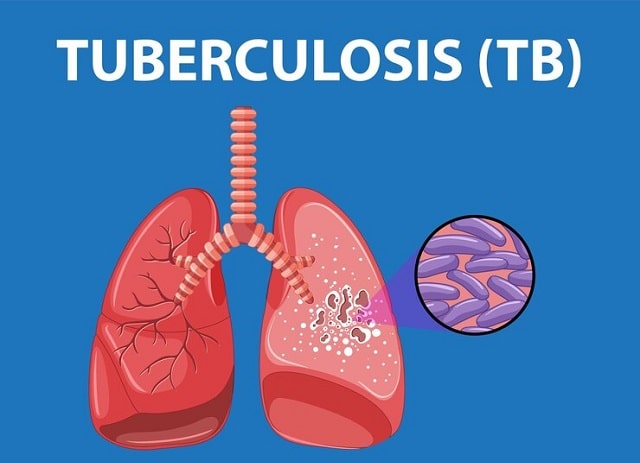Tuberculosis (TB), one of the oldest and deadliest infectious diseases known to humanity, has left an indelible mark on the course of human history.
This article takes a comprehensive look at tuberculosis’s past, present, and future perspectives – from its ancient roots to contemporary challenges and ongoing efforts to shape a TB-free future.
I. The Historical Tapestry of Tuberculosis:
Ancient Origins:
TB has deep historical roots, with evidence of the disease found in ancient human remains. Historical records from various civilizations, including ancient Egypt and Greece, highlight the presence of a mysterious ailment characterized by cough, weight loss, and fatigue – symptoms consistent with tuberculosis.
The Romanticized Perception:
In the 19th and early 20th centuries, tuberculosis was often romanticized, with the disease associated with creativity and refinement. The “white plague” inspired literature, art, and music, portraying this infectious scourge’s societal impact and human toll.
II. The Present Landscape of Tuberculosis:
Global Burden:
Despite medical advancements, TB remains a significant global health threat. According to the World Health Organization (WHO), TB is among the top ten causes of death worldwide, with millions of new cases reported annually. The burden is exceptionally high in low- and middle-income countries.
Challenges in Diagnosis and Treatment:
Diagnosing TB and ensuring effective treatment pose ongoing challenges. Limited access to healthcare, particularly in vulnerable populations, and the emergence of drug-resistant strains complicate efforts to control the disease.
III. Advances in Tuberculosis Research and Treatment:
Drug Development and Resistance:
Research has led to the development of new drugs and treatment regimens for TB. However, the emergence of drug-resistant strains, including multidrug-resistant (MDR) and extensively drug-resistant (XDR) TB, underscores the need for continuous innovation in therapeutic approaches.
Vaccines and Preventive Strategies:
The quest for an effective TB vaccine has made significant strides. Initiatives such as the Bacille Calmette-Guérin (BCG) vaccine have provided partial protection, and ongoing research aims to develop more efficacious vaccines. Preventive strategies, including contact tracing and prophylactic treatment, play crucial roles in controlling TB transmission.
IV. Socioeconomic Factors and TB:
Poverty and TB:
TB often thrives in conditions of poverty and overcrowding. Addressing socioeconomic determinants, including access to education, nutrition, and healthcare, is integral to the broader effort to control and eliminate the disease.
Stigma and Discrimination:
Stigma remains a formidable barrier to TB control. Individuals affected by TB may face discrimination and social isolation, hindering efforts to seek timely diagnosis and treatment. Combating stigma is essential for fostering a supportive environment for those affected by the disease.
V. The Future of Tuberculosis: Towards Elimination
Global Commitment:
The global community has committed to the ambitious goal of ending the TB epidemic by 2030. Initiatives such as the WHO’s End TB Strategy outline targets for reducing TB incidence, mortality, and catastrophic costs associated with the disease.
Research and Innovation:
Ongoing research focuses on innovative approaches to TB control. From developing shorter and more effective drug regimens to exploring novel diagnostics and treatment modalities, the future of TB control hinges on continued scientific innovation.
Multisectoral Collaboration:
TB elimination requires collaboration across sectors involving healthcare systems, governments, researchers, and communities. Coordinated efforts are essential to address the complex web of factors contributing to TB transmission and prevalence.
Conclusion:
With its rich historical tapestry, tuberculosis continues to present formidable challenges in the contemporary era.
As we stand at the intersection of the past, present, and future of TB, concerted global efforts are essential to curb the spread of the disease, improve access to effective treatments, and eliminate the societal stigma associated with TB.
The ongoing journey toward a TB-free future requires innovation, collaboration, and a commitment to addressing the socioeconomic determinants that perpetuate the burden of this ancient disease.


